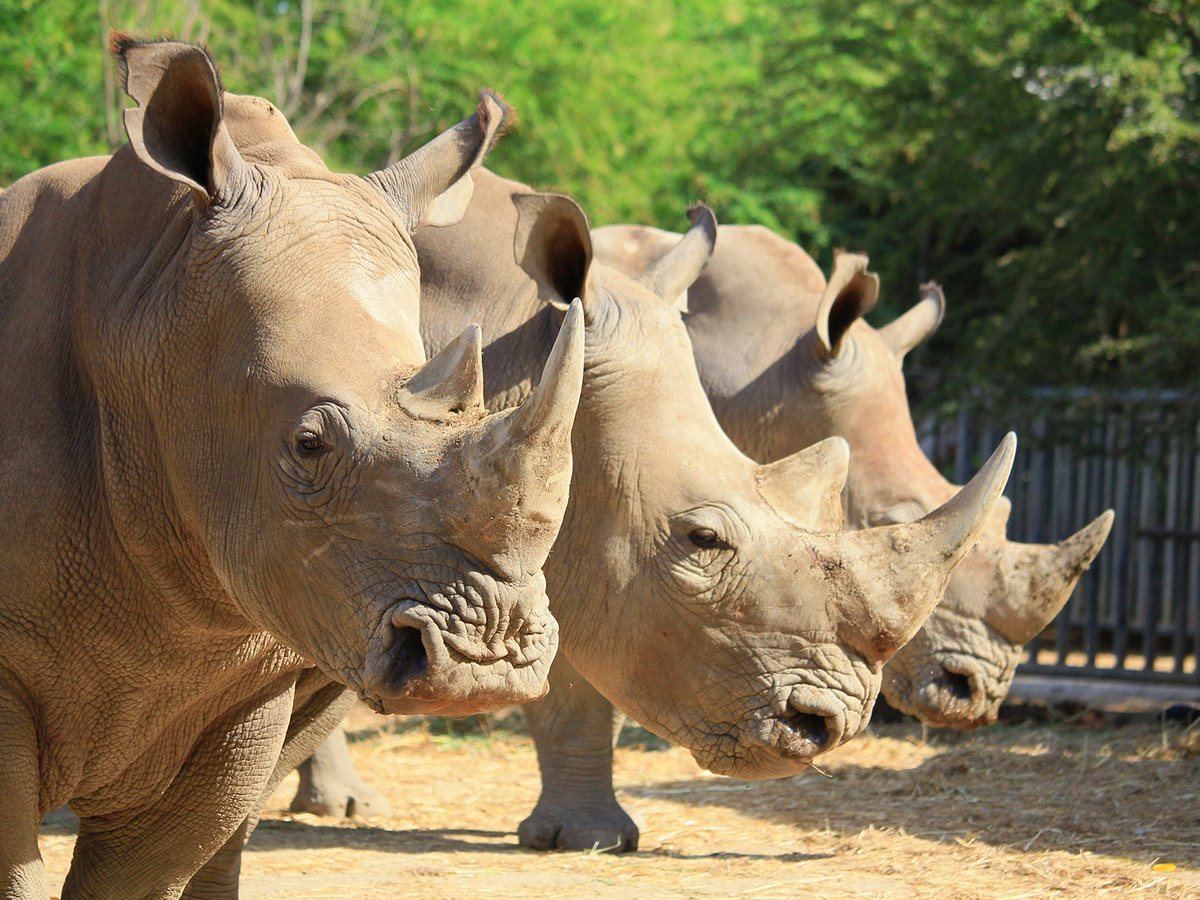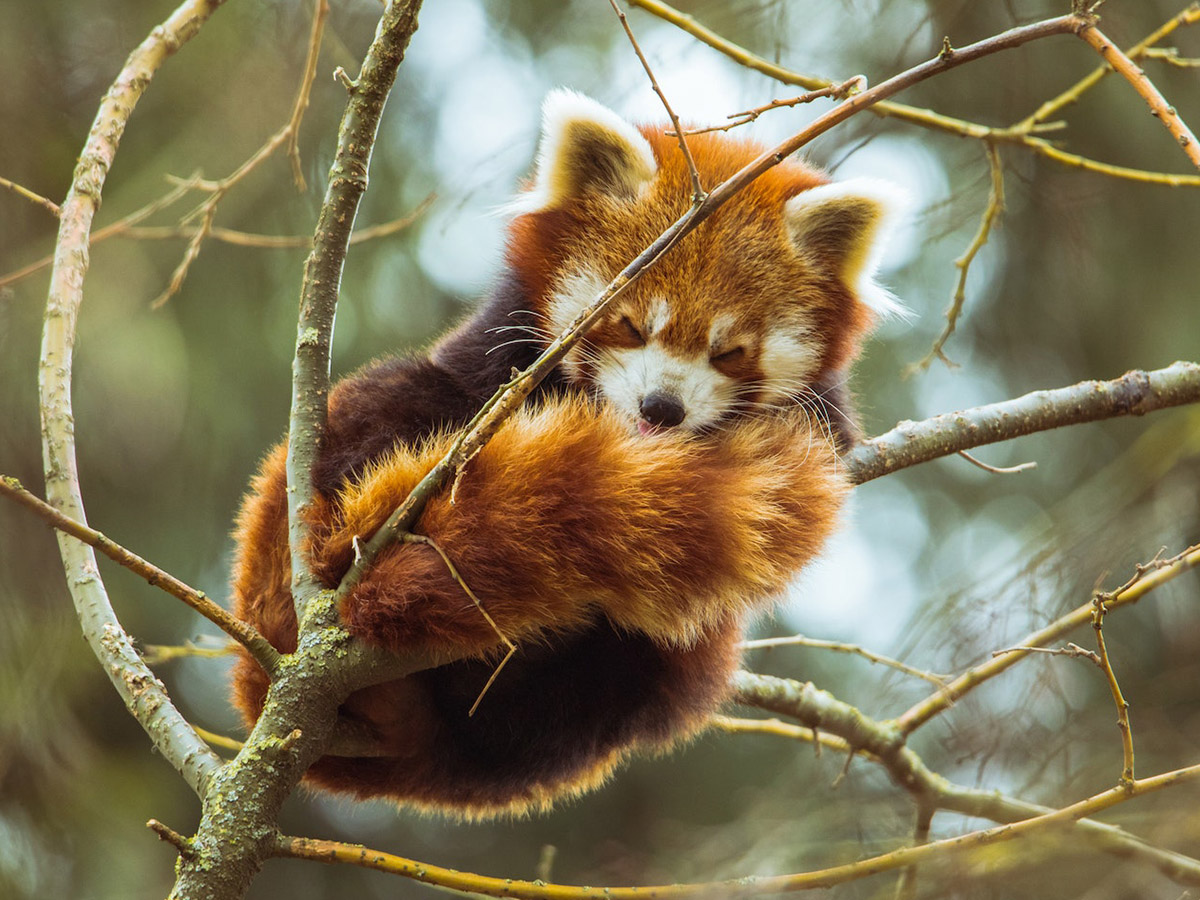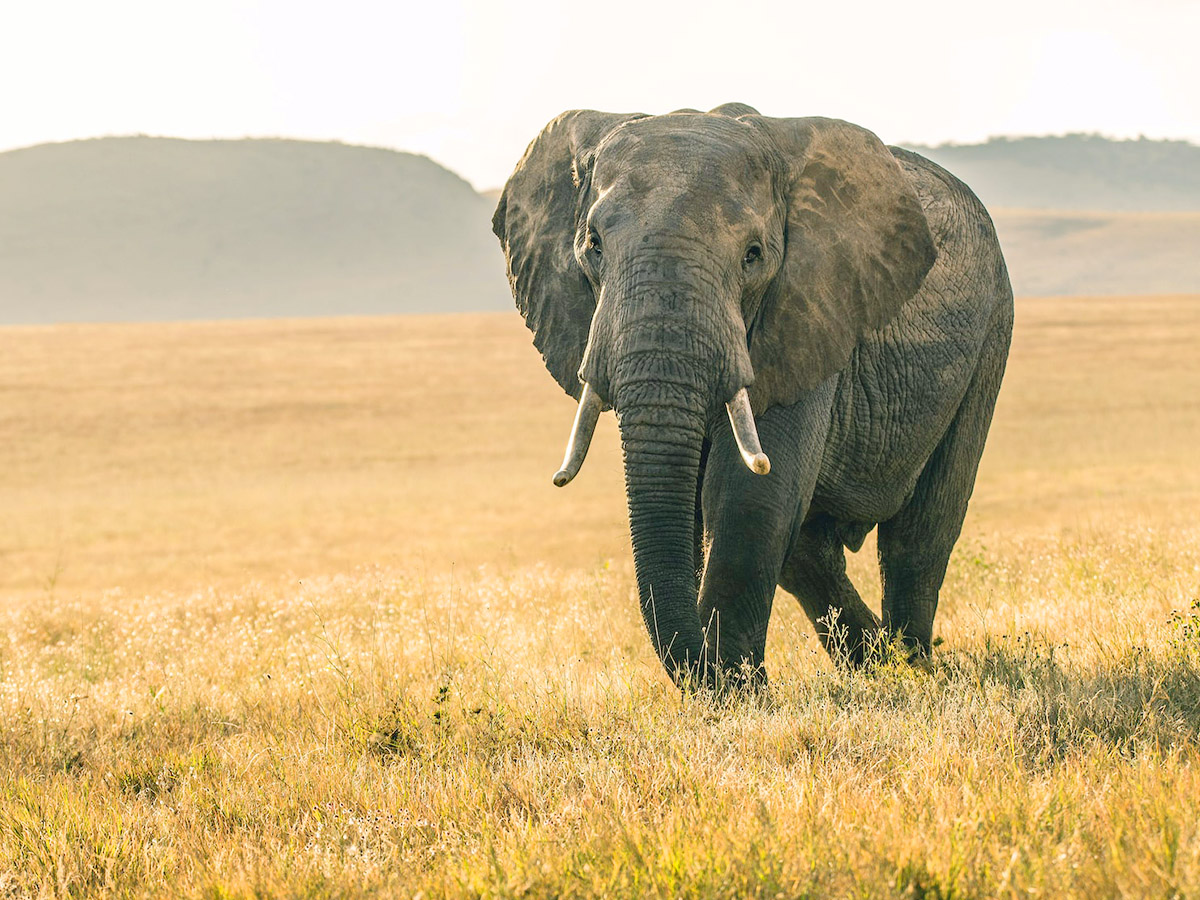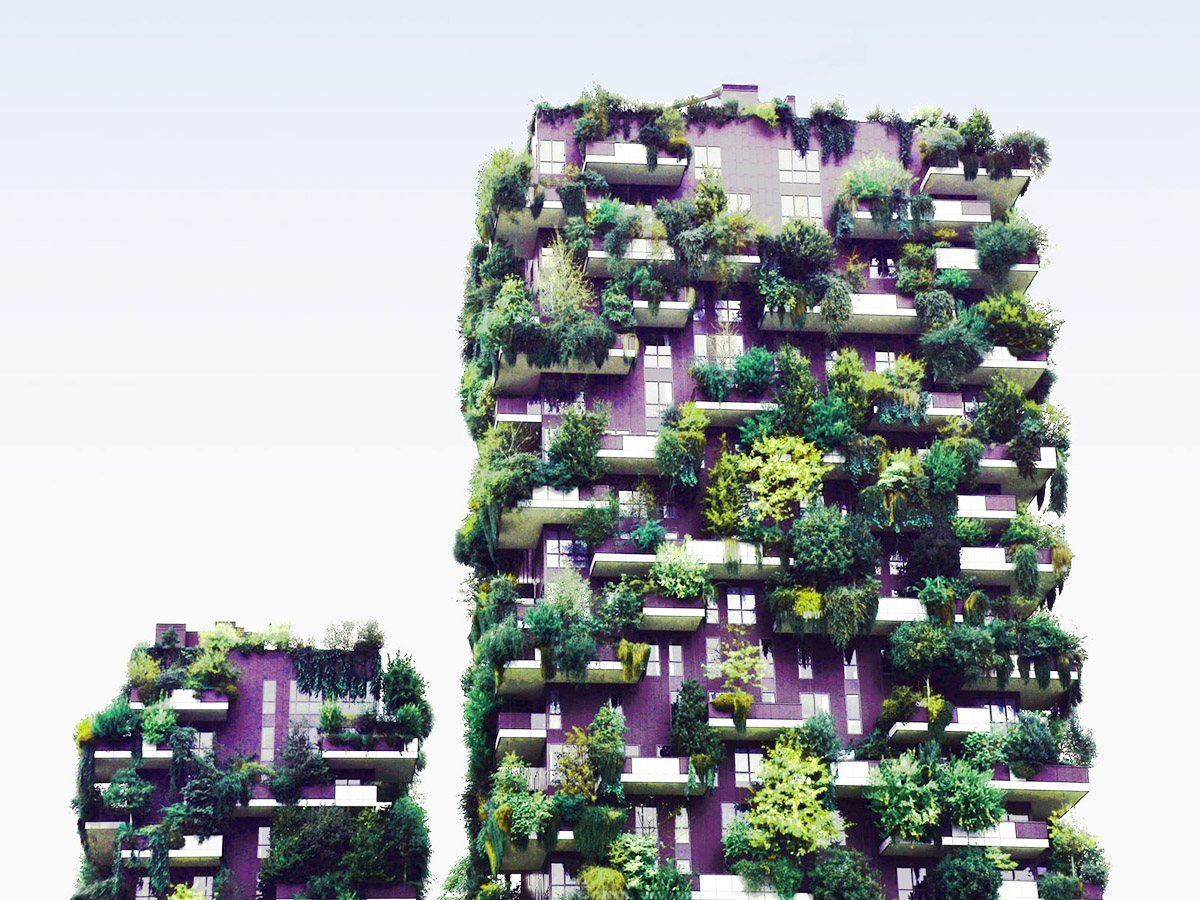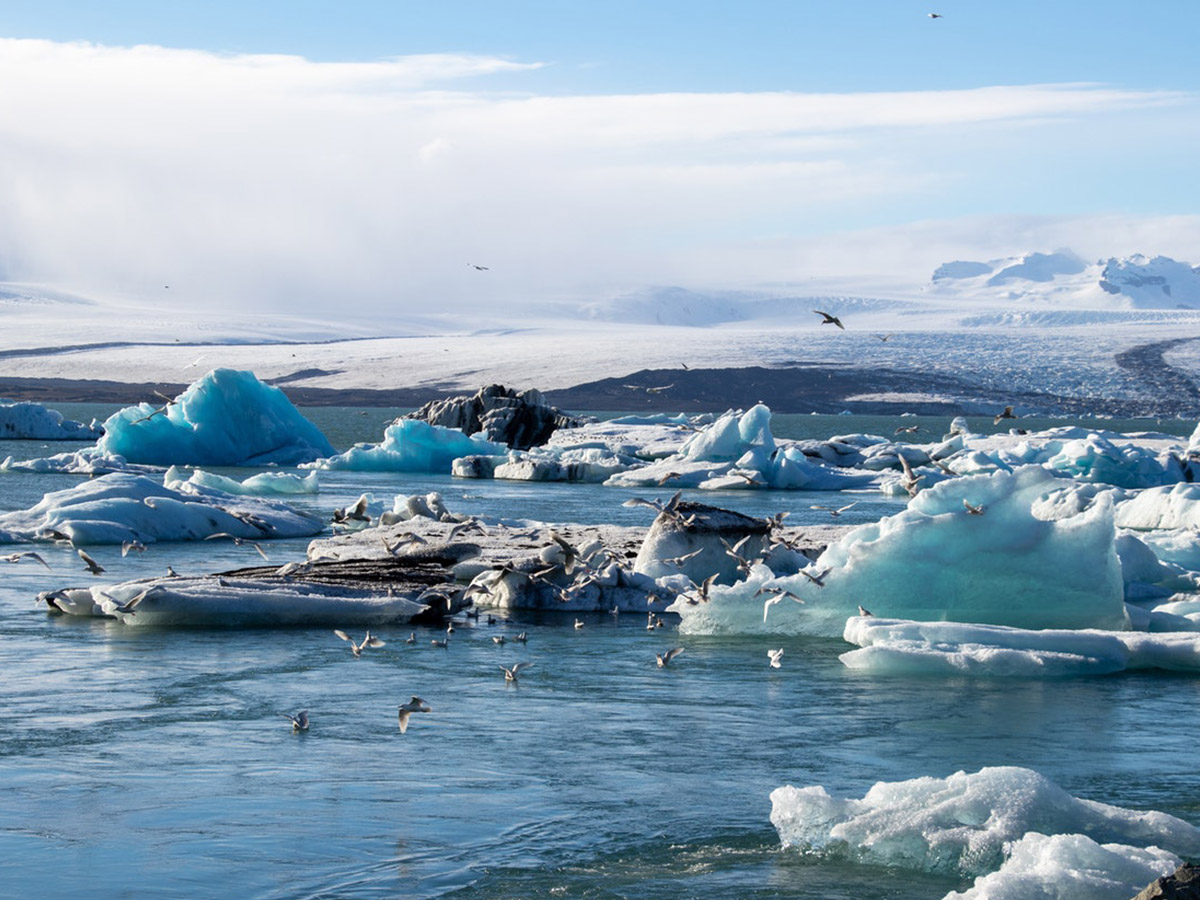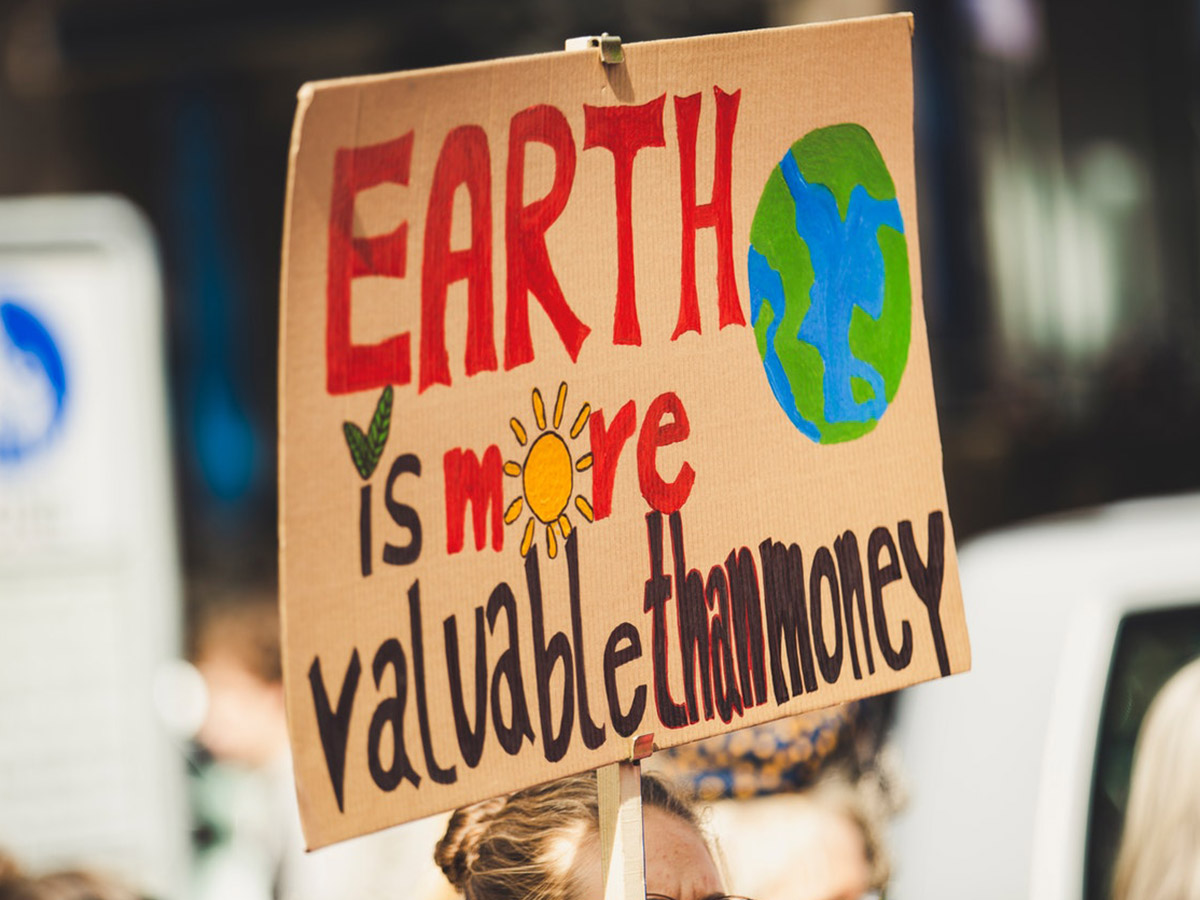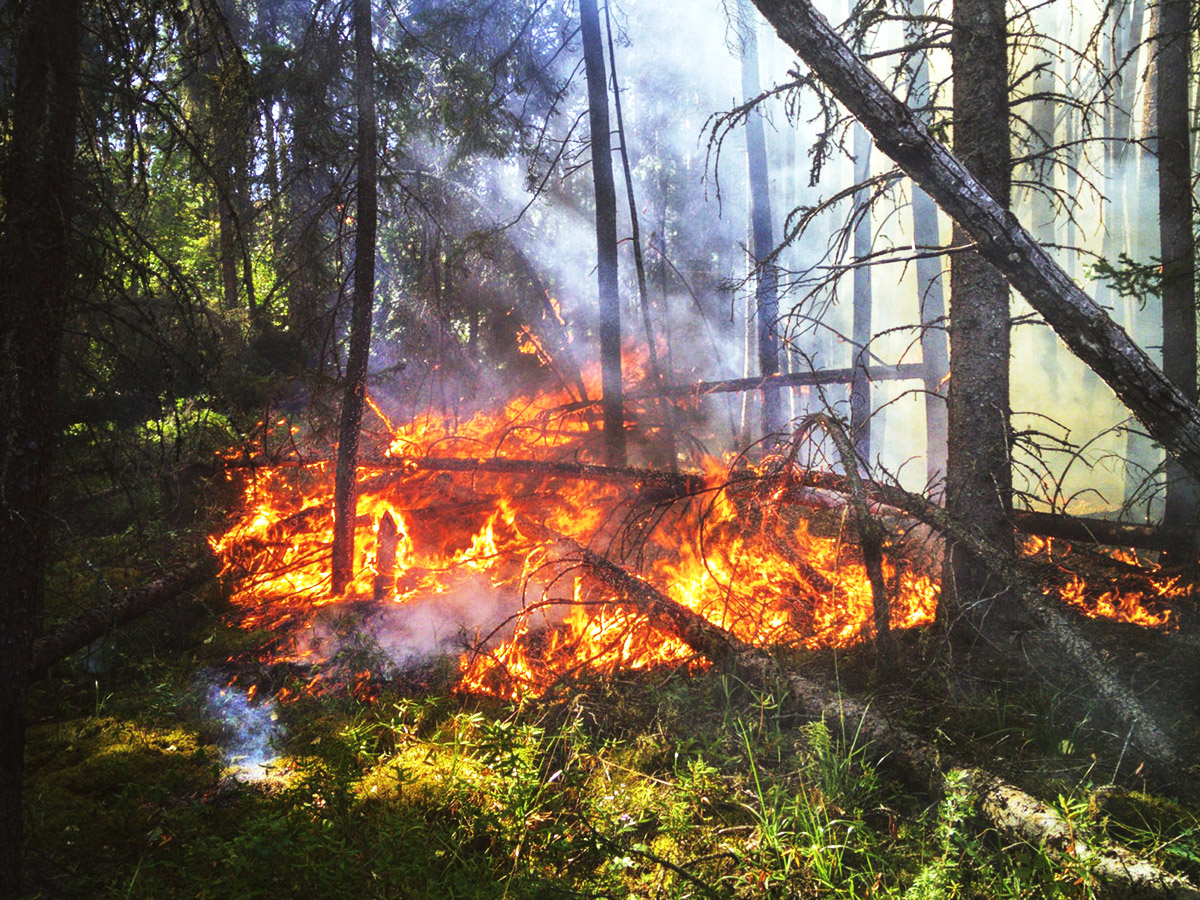The Amazon is a lush and vibrant expanse of rainforest that’s home to thousands of plant and animal species. Unfortunately, the Amazon Rainforest is also under threat from deforestation, mining, oil drilling, and other human activities. Many plants and animals in the Amazon are threatened with extinction as a result of these activities.

In this blog post, we explore 10 critically endangered and threatened species in the Amazon Rainforest and what you can do to help protect these endangered species. These endangered species are in danger of becoming extinct unless we take action soon. Let’s learn more about these endangered species lists, the Endangered Species Act, how to raise awareness about Endangered Species Act, and how we can protect these endangered animals.
Endangered Species Act
The Endangered Species Act establishes protections for fish, wildlife, and plants that are listed as threatened, provides for adding species to and removing them from the list, and provides for preparing and implementing plans for their recovery. The Endangered Species Act has been in support since 1973. The Endangered Species Act provides the framework and guidelines on how to protect endangered species. The Endangered Species Act is credited with saving America’s national animals.
How is the Amazon Rainforest Being Threatened?
The Amazon Rainforest is a vital part of our planet – it produces one-quarter of the world’s oxygen and is home to one-tenth of all known species. Unfortunately, it’s also under threat. Deforestation is the biggest threat to the Amazon Rainforest, accounting for up to 90% of the damage to the biome. Logging is the primary cause of deforestation, followed by agriculture and livestock.
Mining and oil drilling are also major threats to the Amazon Rainforest. As more trees are cut down, less CO2 is absorbed by the remaining trees, leading to a rise in CO2 levels in the atmosphere. This is known as the CO2 greenhouse effect. It’s estimated that the Amazon Rainforest can absorb up to 20% of the world’s CO2. Protecting the Amazon is our best bet at reducing CO2 levels and fighting climate change.
Orangutans
The Bornean orangutan and the Sumatran orangutan are two subspecies of orangutans that live in the Amazon Rainforest. Orangutans have now become endangered and are threatened by deforestation, mining, and oil drilling in the Amazon. The destruction of their rainforest homes has also led to the hunting of orangutans for food and poaching for the illegal pet trade. Orangutans are also susceptible to diseases like Ebola and the SIV virus, which have been known to break out in areas where deforestation has occurred.
The species is critically endangered on the IUCN Red List of Threatened Species. If deforestation continues at the current rate, experts say that the endangered Bornean orangutan could become extinct in just 10 years. The endangered Sumatran orangutan could be gone in 20 years. Orangutans are our closest relatives, sharing 96% of our DNA. They’re highly intelligent and have complex social structures – they’re fascinating creatures and we must protect them and their rainforest home.
Giant Otters
Giant otters are the largest species of otters in the world. They’re also critically endangered due to threats such as habitat destruction, poaching, and pollution. Giant otters live in the Amazon River, the world’s largest river. They’re extremely social and eat mostly fish, supplemented by crabs, crayfish, and other aquatic animals. Giant otters are relatively easy to find in the Amazon River because they often swim near the shoreline and make lots of noise.
Pollution and the damming of the Amazon River have adversely affected the species, causing a decline in their numbers. Giant otters are susceptible to infectious diseases like canine distemper, which has wiped out entire otter populations in the past. If the Amazon River continues to be polluted, the already endangered giant otter population will continue to decline. If the Amazon River is dammed, the habitat of the giant otter will be destroyed and the endangered species will be at risk of extinction.
Pink River Dolphins
Pink river dolphins, also known as boto dolphins, live in the Amazon River and are critically endangered. Pollution, overfishing, and damming of the Amazon River are all reasons scientists believe the population of pink river dolphins has declined and that’s why they have become endangered. Pink river dolphins often get entangled in fishing nets and can die from infections or starvation if the nets are not removed in time.
Dolphins are also frequently hunted for their meat in certain regions of the Amazon River. The Amazon River is one of the most polluted rivers in the world and is a major contributor to global climate change. River dolphins can only survive in clean water, so if the Amazon River continues to be polluted, the boto dolphin population will decline. If the Amazon River is dammed, the endangered boto dolphin will lose its entire habitat and could become extinct.
Amazon Rainforest Turtle
The Amazon River Turtle is a critically endangered species of turtle that lives in the Amazon Rainforest. The Amazon Rainforest is under threat from deforestation, mining, and oil drilling, which has led to a decline in the Amazon River Turtle population. The Amazon River Turtle has also been hunted for its meat and eggs and has suffered from pollution in the Amazon River.
The Amazon River Turtle has very few natural predators, but it’s extremely susceptible to diseases that are transmitted by humans, such as cholera and the Zika virus. The Amazon River Turtle is listed as critically endangered on the IUCN Red List of Threatened Species. If deforestation of the Amazon Rainforest continues, this species could be gone in just a few years. If the Amazon River is heavily polluted, the turtle population could decline even more.
Coahuilas Cochineal frog
The Coahuila cochineal frog is a species of frog that lives in the Amazon Rainforest and is critically endangered. The endangered Coahuila cochineal frog is threatened by habitat destruction caused by deforestation, mining, and oil drilling. The Amazon Rainforest is also one of the most polluted biomes on earth, which is harmful to the Coahuila cochineal frog.
The Coahuila cochineal frog is also susceptible to infectious diseases like cholera and the Zika virus, which have been known to break out in areas where deforestation has occurred. The Coahuila cochineal frog is listed as critically endangered on the IUCN Red List of Threatened Species. If deforestation of the Amazon Rainforest continues, this species could disappear completely. If the Amazon Rainforest is heavily polluted, the endangered Coahuila cochineal frog will be at an even greater risk of extinction.
Golden Lion Tamarin
The golden lion tamarin is a species of tamarin monkey that’s critically endangered. The Amazon Rainforest has been severely impacted by deforestation, mining, and oil drilling, all of which have been detrimental to the survival of the golden lion tamarin. The endangered golden lion tamarin has also been hunted for its meat and killed by hunters who view it as a threat to livestock.
The golden lion tamarin is susceptible to infectious diseases such as cholera and the Zika virus and is especially susceptible to the effects of pollution in the Amazon River. The golden lion tamarin is listed as critically endangered on the IUCN Red List of Threatened Species. If deforestation and pollution of the Amazon Rainforest continue, this species could become extinct within the next several years.
Piranha
The piranha is a species of fish that lives in the Amazon River and is critically endangered. The endangered piranha has suffered from habitat destruction caused by deforestation, mining, and oil drilling. The piranha population has also been severely reduced by fishermen who catch and kill the fish for food. The Amazon River is one of the most polluted rivers in the world and causes a great deal of pollution to the piranha habitat.
The piranha is susceptible to diseases such as cholera and the Zika virus, which have been known to break out in areas where deforestation has occurred. The piranha is listed as critically endangered on the IUCN Red List of Threatened Species. If deforestation continues, this fish could disappear completely.
Sumatran Rhinoceros Frog
The Sumatran rhinoceros frog is a species of frog that lives in the Amazon Rainforest and is critically endangered. The Amazon Rainforest has been severely impacted by deforestation, mining, and oil drilling, all of which have been detrimental to the survival of the Sumatran rhinoceros frog. The Sumatran rhinoceros frog has been hunted for its meat and killed by hunters who view it as a threat to livestock. The Amazon River is one of the most polluted rivers in the world and causes a great deal of pollution to the habitat of the Sumatran rhinoceros frog. The Sumatran rhinoceros frog is susceptible to infectious diseases like cholera and
What can we do to help endangered and threatened species?

The Amazon rainforest is one of the most beautiful places on earth. But it is also home to many critically endangered and threatened species. These animal species are in danger of extinction, but we have the power to overturn them. These endangered species act as a reminder of taking care of their critical habitat, ensuring healthy populations, and protecting natural ecosystems.
Raising awareness about the Endangered Species Act will help shed light and protect the endangered species list. The Endangered Species Act can be taught in schools, and organizations, and should be discussed in governments to ensure that the number of endangered species will no longer continue to rise.
